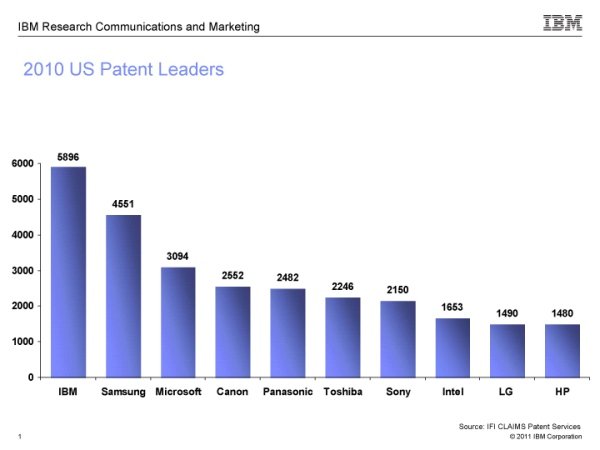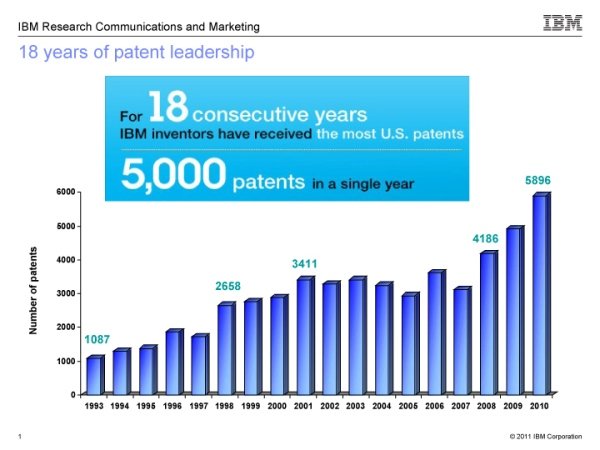IBM announces new partners
We thought that we had previously discussed IBM’s lithium-air battery research in a previous article, but we did not find it in a search of our archives. So we bring you this article as an update to the ongoing research in the field of electric vehicle (EV) battery development.
In 2009 IBM initiated a project to develop a 500 mile capable lithium-air battery for EVs – hence the name – the Battery 500 Project. Recognizing the limitation of a vehicle that could travel only 100 miles prior to needing to be charged, IBM sought to leap-frog current technology and jump into the technology of the future – the lithium-air battery. Recognizing the growing global demand for automobiles and keeping in mind the finite nature of oil based fuels, IBM sought to bring about a fundamental change in design that would have far reaching benefits, but could take years to develop. Here it is almost three years later and IBM announces a partnership agreement with the industrial types that can move forward the developmental work that IBM has wrought in the lab. Asahi Kasei, a leading chemical manufacturer and global supplier of lithium-ion components, will work with IBM on developing a critical component of the lithium-air battery. Central Glass, a leading electrolyte manufacturer, will focus on the development of the needed electrolytes.
IBM acknowledges the risk involved, as well as the long development track in this one minute video:
With the potential for commercially available units perhaps not being available until 2020 to 2030, some will ask if it is worth the development. In our view, 10 to 20 years is not a long time to see such dramatic improvements in technology. Henry Ford’s Model T got over 20 miles per gallon. 100 years later, the Corporate Average Fuel Economy is not much better.
One might wonder why IBM, a computer company, would get involved in such research. For those of us that know IBM as a computer company, we might want to rethink that. IBM is a high technology research company, that happens to be involved in computers.
As we were researching this article, we wandered around IBM’s website. We encountered a graph, that made us look at another graph, that made us look at yet another graph. You will see all three of these below. There could be no clearer example of IBM’s place as an innovator in the world of technology today. Look at the next 9 companies lined up after IBM in this top graph and you will start to get a grasp of the immense effort that this company plows into research – much of which we are sure is just for the sake of research. You never know what you might find if you look hard enough.




